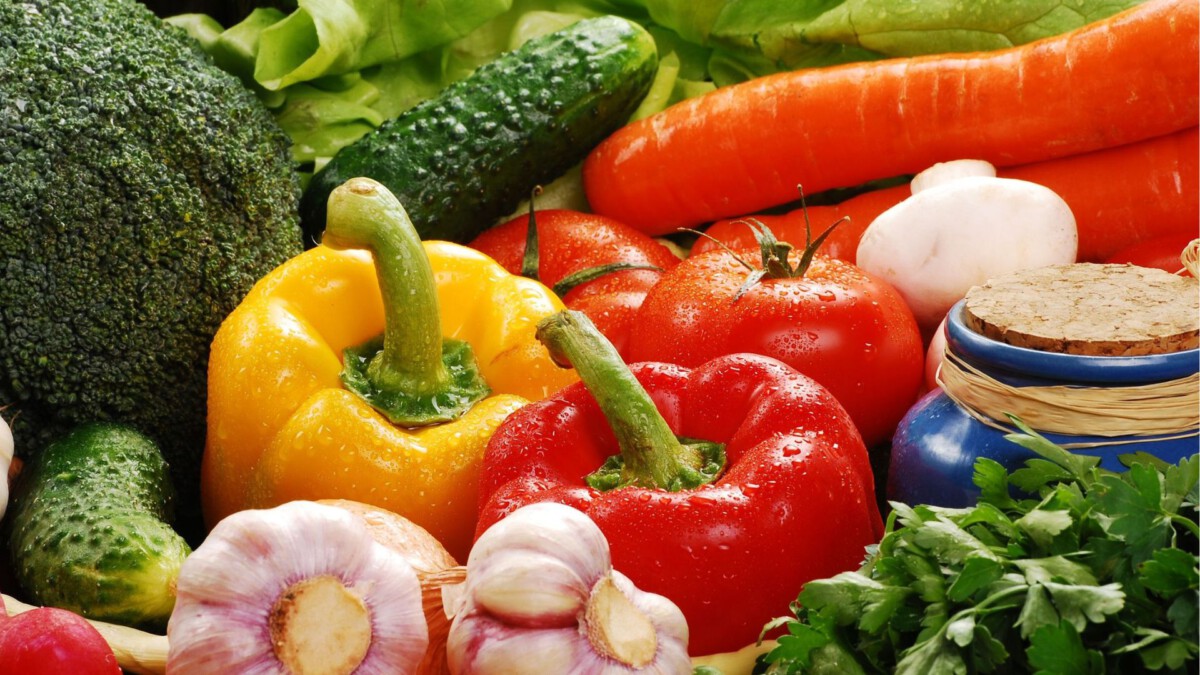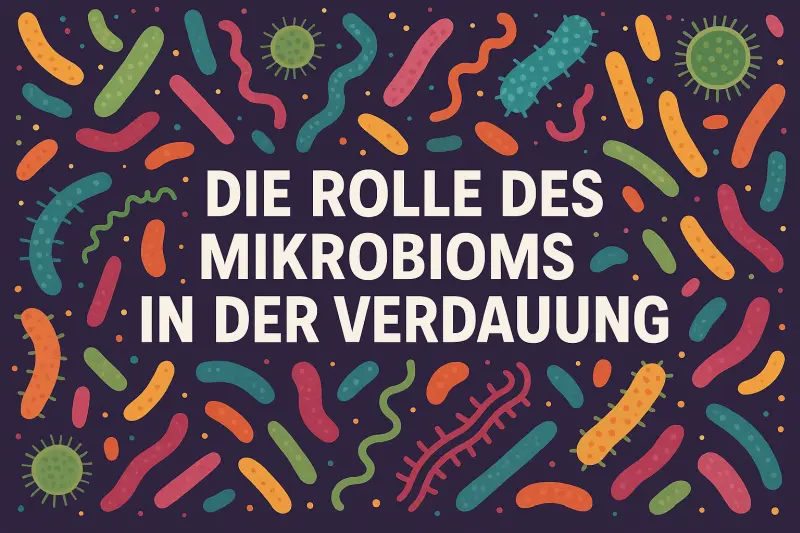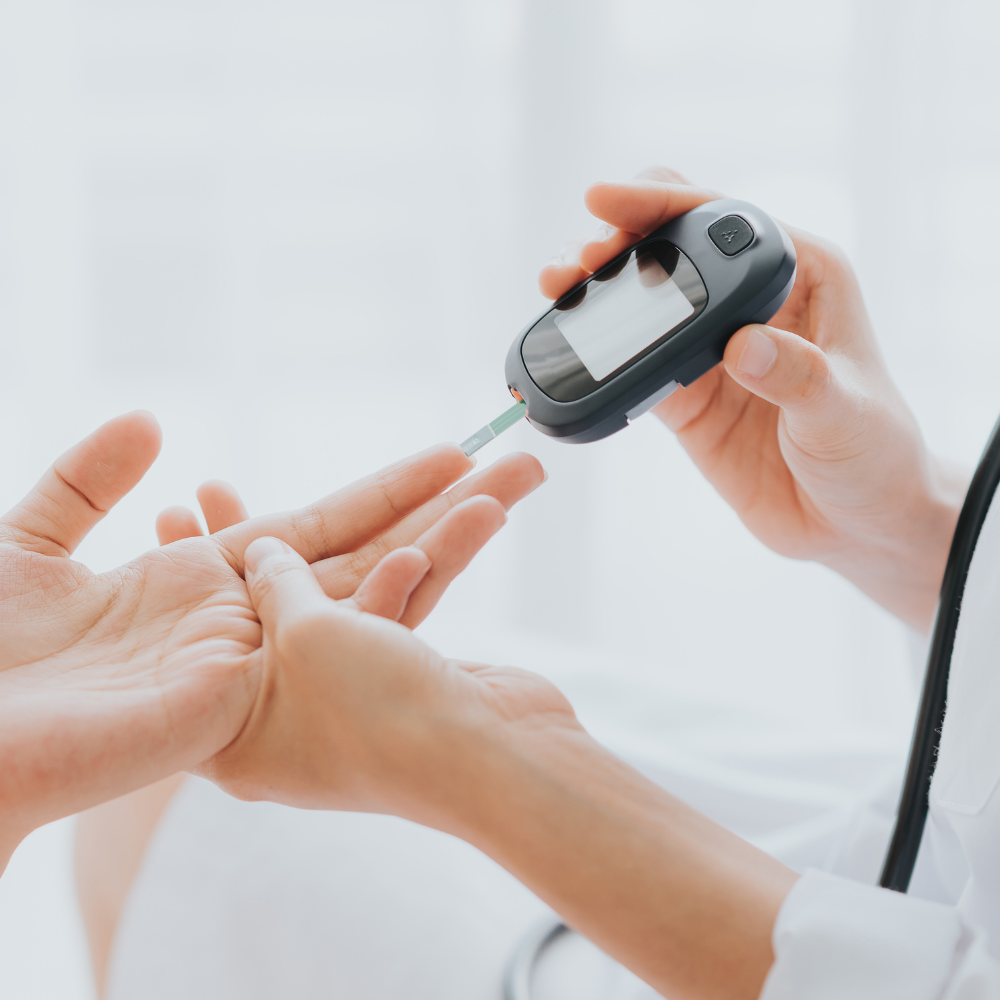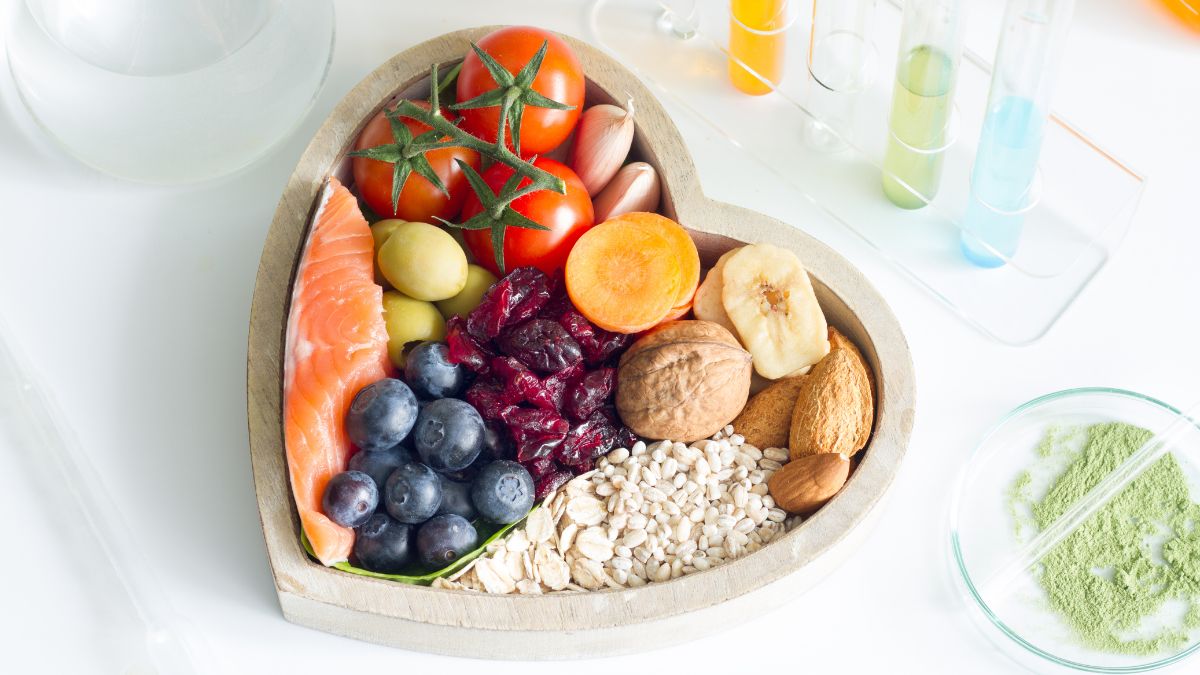
The polarity of supply and disposal in nutrition
The Cyto program consists of an immune screening for food and nutritional advice. The nutritional counseling consists of a total of 5 pillars, in this article I describe one of the 5 pillars, namely supply and disposal through food.
Complex organisms and ecosystems are stable when they are in biological equilibrium. In a medical context, we use the term homeostasis for this. We use this term to describe the fluid equilibrium that includes our ability to regulate, i.e. self-heal.
Applied to our diet, this means that our food should both provide and dispose of (cleanse). In a society that is essentially consumption-oriented and whose economic basis is jeopardized as soon as no growth can be generated, it is not surprising that the central focus of nutrition is on the aspect of supply. Our traditional
nutritional theory is based on the ingredients in food. On the packaging of every food, we find information on how many calories (calorific value) it contains alongside the nutritional table.
Because overconsumption of food has led to a large proportion of our population being overweight, it is believed that the indication of calorific values helps to better control weight.
The message is confusing:
“Consume as much as possible and stay slim and healthy.”
Thousands of diet concepts that have been published in recent decades have not brought the desired success. Consumption and control are obviously not the path to biological balance.
As long as we do not integrate the disposal aspect into our diet, we will inevitably miss the goal of homeostasis.
What does disposal through food actually mean?
In addition to the obvious excretion of urine and stool, there are the disposal functions of food.
Anatomically, the body is equipped with three disposal organs:
The kidneys filter out all water-soluble toxins from the blood. The toxins are excreted in the urine via the urinary tract. The disposal medium for kidney excretion is pure water.
The liver filters out all non-water-soluble toxins from the blood. These toxins are passed into the duodenum via the bile ducts. However, these solid toxins can only be excreted if there is sufficient fiber in the diet. Non-digestible fibers have the property of binding toxic protein building blocks in the duodenum in a water-repellent manner. This prevents these toxic substances from being reabsorbed in the digestive process and enables their
excretion via the stool.
The third organ responsible for disposal is our lymphatic system. Toxins that have not been excreted via the kidneys or liver are transported to the skin via the lymphatic system and disposed of through perspiration (sweating). The lymphatic system has another very special function. It ensures that toxins that cannot be excreted naturally – and therefore pose a threat to the organism – are temporarily stored via the lymphatic system primarily in fatty tissue, secondarily in connective tissue and tertiary in synovial tissue (joint mucous membranes).
This makes the lymphatic system a very important executive organ of our body’s intelligence. Its regulatory capacity prevents excessive toxic loads on the body from becoming an existential threat. It is important to mention that with the help
of the lymphatic system, toxins that have been temporarily stored in the buffer tissues are also disposed of again – provided that the organism has sufficient disposal media in the form of water and fibrous substances at its disposal. We can achieve this not only
with the help of a cleansing cure (fruit and vegetable fast, DeAcid cure or similar), but also by organizing our diet in everyday life.
The following table is helpful for implementing these findings in everyday life.
Food that has no disposal function:
Eggs
Milk
Dairy products
Meat
Fish
Fats, oils
Foods that nourish and strongly dispose of the organism:
Salad
Fruit
Vegetables
Herbs
Spices
Food that supplies and disposes of:
Seeds
Nuts
Pulses
Cereals
Grasses
White flour products (bread rolls, baguettes, white bread, pasta, particles) and other denatured foods have calories (calorific value), but no vitalizing or disposing properties.
For optimal support of metabolic functions, we recommend drinking approx. 2.5 liters of pure water per day (for adults). The diet should consist of 60-70% fruit, vegetables, salad and potatoes. 30-40% of the daily diet should consist of high-quality protein, high-quality fat and cereals. This ensures that the toxic waste products from the metabolism are completely eliminated and the body can work at its maximum potential.
Further information can be found at www.cytolabor.de or by calling +49 (0) 6404-90437.






